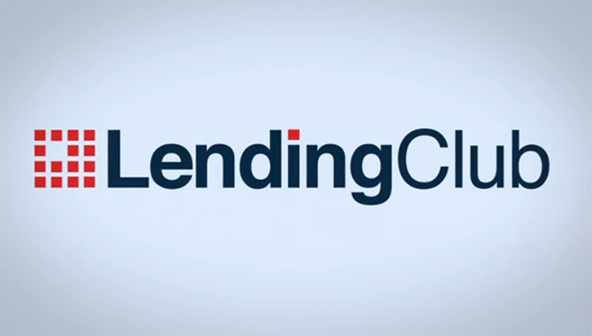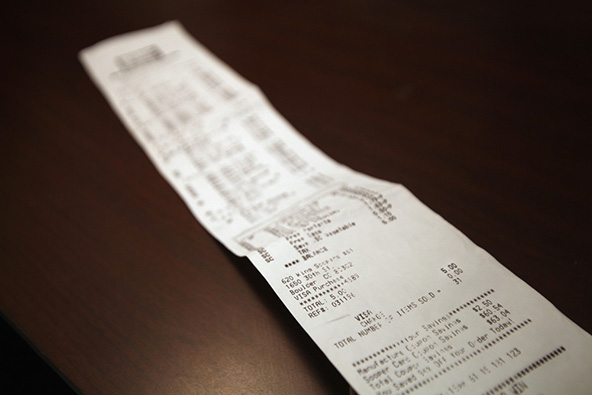Lending Clubs Prosper in the U.S. and U.K.

The Wall Street Journal’s Ianthe Jeanne Dugan has an excellent piece on the current state of the peer-to-peer (P2P) lending market in the U.S. A fairly recent phenomenon, P2P lending has thrived in a post-financial-meltdown world, in which traditional lenders have tightened their credit standards to the point of exclusion of all but the creditworthiest of loan applicants. Yet, in an environment of ultra-low yields, there have been plenty of individual investors who are “jumping to fund unsecured, high-interest-rate loans”, Dugan reports, and more recently, some institutional investors have also entered the game.
Two P2P lenders have emerged as the undisputed leaders of the fledgling industry in the U.S. — Lending Club and Prosper — and both have been struggling to keep up with the rapidly increasing demand of their lenders for new borrowers. The two lenders’ combined volume of loans originated in 2012 — about $871 million — was “more than double the prior year’s total and up tenfold since 2008”, Dugan tells us, adding that this year, Lending Club alone is on track to lend $2 billion.
And the furious growth of Lending Club-style P2P lending is not confined to the U.S. — a couple of weeks ago The Economist told us that Wonga — the biggest British P2P lender — has “produced a pre-tax profit of ?ú62m on revenues of ?ú185m” in 2011, the most recent year for which its financial information is available, and “will be valued at more than ?ú1 billion ($1.5 billion) when it comes onto public markets”, which is expected to occur in the near future. So in the coming years Lending Club and its competitors will be taking ever more business from banks on both sides of the Atlantic and that’s a good thing. Let’s take a closer look at P2P lending.
How P2P Lending Works
The Economist tells us that Renaud Laplanche launched Lending Club after a closer-than-usual look at his credit card statement revealed that he was paying more than 18 percent in interest charges on unpaid balances. A serial entrepreneur, the Frenchman sensed a business opportunity in the very wide spread between the seemingly extortionate interest rates Americans were paying on their credit cards and the meager ones they were being paid on their bank deposits. The concept, as outlined by the Economist is very simple:
Like other peer-to-peer platforms, Lending Club brings that spread down by using technology to match up borrowers and investors without incurring the costs of legacy IT systems and branch networks that weigh down the banks. The firm concentrates on creditworthy, “prime” consumer borrowers, and the average rate that they pay on loans is 14%, well inside credit-card charges. Allowing for a default rate of 4%, and Lending Club’s fees, the returns to investors are 9-10%, which isn’t too shabby given where interest rates are.
The WSJ reports that Mr. Laplanche’s company and its competitors make their money by charging service fees to both their lenders and their borrowers. Each lender pays a fee, which in the case of Prosper is 1 percent of the loan amount, for “handling tasks such as pursuing borrowers who stop paying”. Each borrower, on the other hand, is charged “an origination fee, [which is] calibrated according to credit risk”. At Prosper, that fee ranges between 1 percent and 5 percent, we are told.
First to jump on the P2P lending wagon were individual investors who appreciated the ability to review each individual potential borrower’s paperwork — income, credit history, size of desired loan and a personal statement about why they want a loan — prior to deciding whether to lend them money, which could be done in very small amounts — as small as $25. Lately, however, institutional investors have also entered the game, making it harder for individuals to get their hands on the choicest of lending opportunities. Lending Club says that its largest single investor has put in $60 million and a sovereign-wealth fund has recently offered to put $250 million onto the platform.
Why Are the Lending Clubs Prospering?
As already mentioned, Lending Club and its rivals benefited in a huge way from the financial crisis of 2008. Not only did it usher in a long period in which traditional lenders excluded all but the most creditworthy of consumers from loan consideration, but it also pushed interest rates on things like government bonds to record-low levels, forcing savers to look elsewhere for better returns. But, as The Economist noted, there are other factors working in favor of the new-age lenders as well:
The rise of cloud computing, a term for software and services delivered over the internet, has also slashed barriers to entry for technology firms. This is true across many areas of business but it is an especially potent force in financial services, which is a digitised industry in which most money exists as bits and bytes in computers rather than as notes and coins.
…
The emergence of “big data”, a term used rather loosely to describe computer software that can analyse masses of information for patterns or correlations that people would not otherwise spot, is another factor. Number-crunching has helped firms such as Wonga and ZestFinance, an American start-up, transform the way credit decisions are made.
Furthermore, many new lenders have discovered that “alternative data” can help them to assess the credit risk posed by consumers with thin or no credit files and are busy exploring the opportunity. And there are reams of such data to be pored over. For example, Kreditech, a Hamburg-based start-up that makes small online loans in Germany, Poland and Spain, uses Facebook data in its lending decisions. Neo, a start-up that assesses the creditworthiness of car-loan applicants, has found that an applicant’s professional contacts on LinkedIn are revealing of her “character and capacity” to repay. And then there is my personal favorite: ZestFinance, a U.S.-based online lender, has discovered that applicants who type only in lower-case letters, or entirely in upper case, are less likely to pay back their loans.
The Takeaway
So there are very good reasons to expect that the meteoric rise of alternative lenders on both sides of the Atlantic will continue in the coming years. And that is a good thing: these newcomers make credit available, on reasonable terms, to consumers who may find it difficult to get a bank loan. And the relatively low rates of defaults (5.8 percent for Prosper and 4 percent for Lending Club, according to The WSJ) indicate that the new lenders are doing a decent underwriting job. And yet, this type of lending is banned in 26 states. Why?
Image credit: LendingClub.com.


